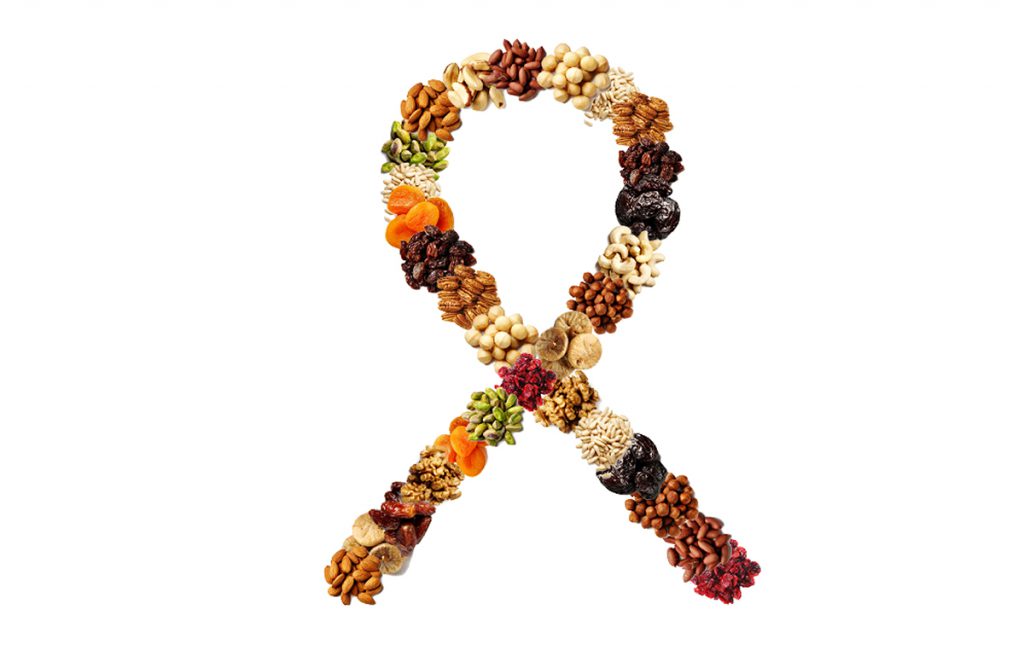Did you know that chronic constipation may lead to a poor digestive health? If you are suffering from constipation, you should eat prunes! Do you want to know why?
The Health Benefits of Prunes
Prunes are high in fiber and research showed that eating 100 g of prunes a day contributes to normal bowel function [1] and may also help overall digestive health. They’re also high potassium, vitamin A and vitamin K [2,3], which contribute to normal blood clotting and the maintenance of normal bones. In addition, prunes have been linked to the prevention and reversal of bone loss, especially in postmenopausal women [4].
Prunes, Dried Plums and Types
After harvest, the freshly harvested plums are dried to become prunes or dried plums. Although all prunes are plums, not all plums are destined for prune production. In North America, the term prune refers to the varieties that can be, and normally are, dried without removing the pit. Most commercial plums fall into two main species: Prunus domestica (European) and Prunus salicina (Japanese) [5]. The European plums are the family line that produces the French cultivars of prunes, currently the consumer’s preferred choice of prunes throughout the world because they are naturally sweeter and more flavorsome. Currently, the USA, together with Chile, France and Argentina, are the main prune producing countries, representing 95% of total global production.
Discover the Origin of Prunes
Plums have been cultivated since prehistoric times in temperate zones with numerous varieties and hybrids suitable for many soils and regions. Their cultivation originated in western Asia near the foothills of the Caucasus region and the shores of the Caspian Sea [6]. Prune trees were brought to France from Damascus by the Crusaders on their return from Jerusalem in the 12th century. They were brought to California after the Gold Rush thanks to Louis Pellier, a French vine grower.
[1] Commission Regulation (EU) No 432/2012 of 16 May 2012.
[2] U.S. Department of Agriculture, Agricultural Research Service. FoodData Central, 2019. fdc.nal.usda.gov.
[3] Regulation (EC) No 1924/2006 of the European Parliament and of the Council of 20 December 2006 on nutrition and health claims made on foods.[4] Wallace, T. (2017). Dried plums, prunes and bone health: a comprehensive review. Nutrients, 9(4), 401.[5] Hui, Y. H. (2006). Handbook of fruits and fruit processing. John Wiley & Sons.[6] California Dried Plums Association. http://www.californiadriedplums.org/about-prunes-and-dried-plums/history.










